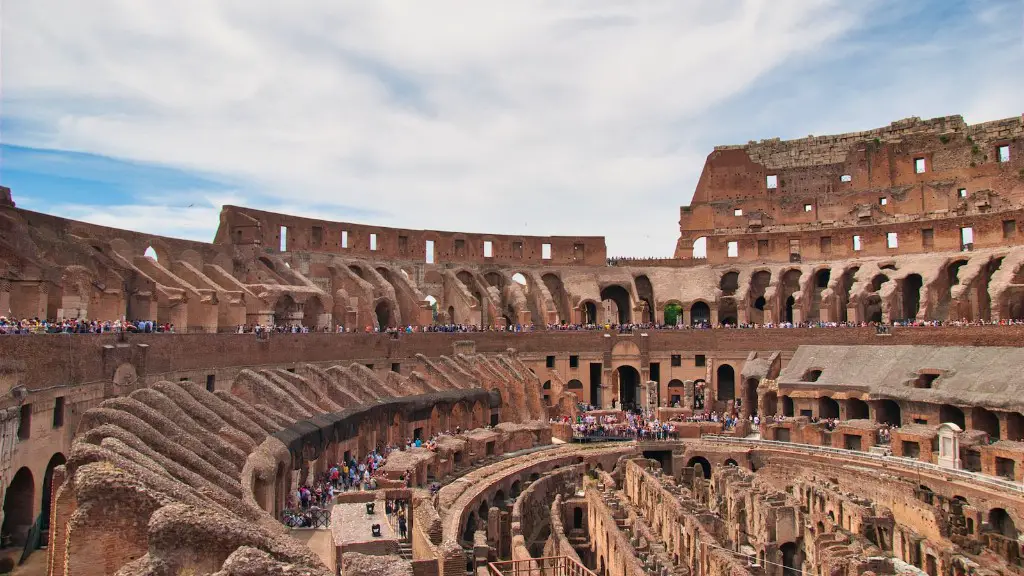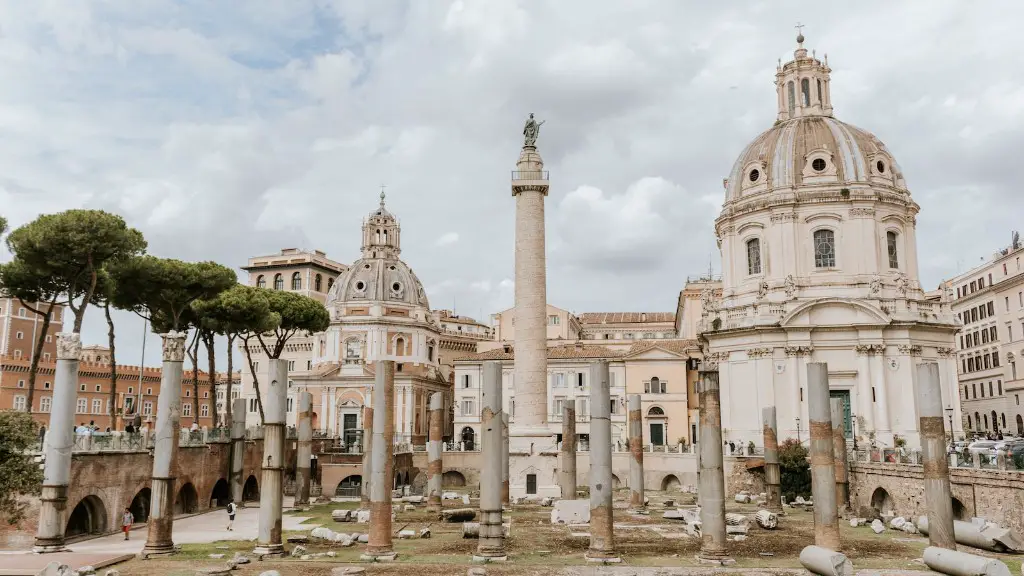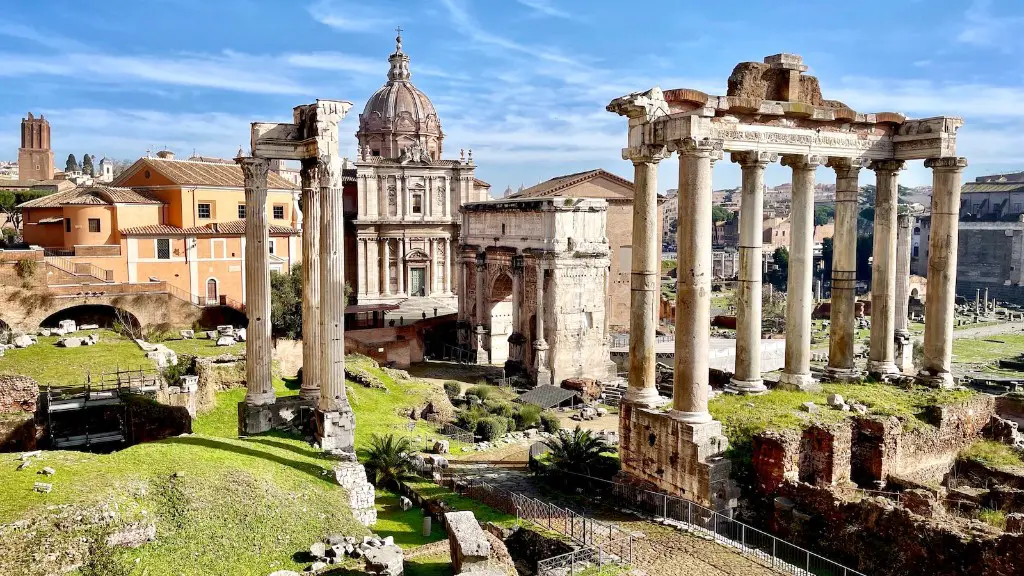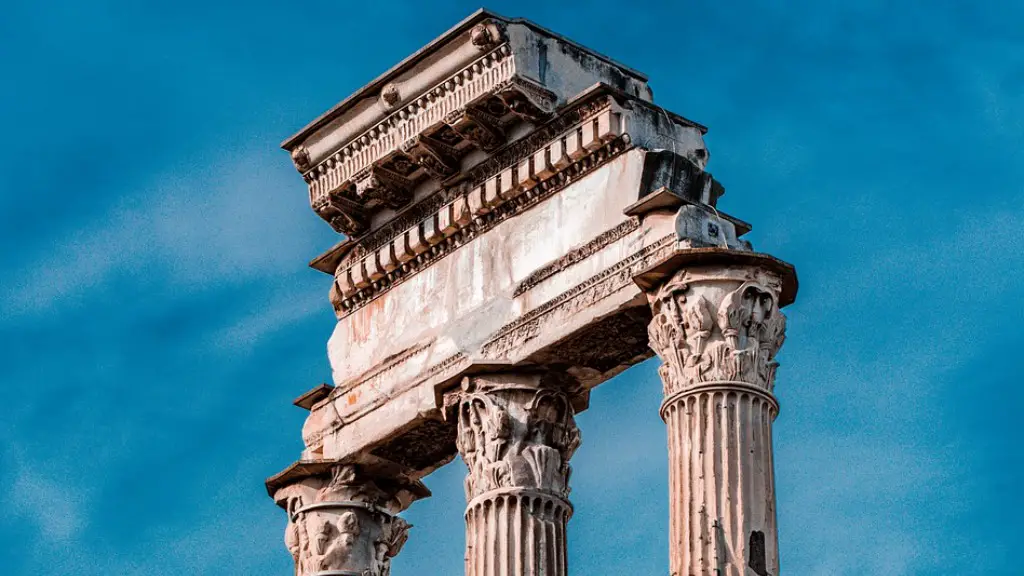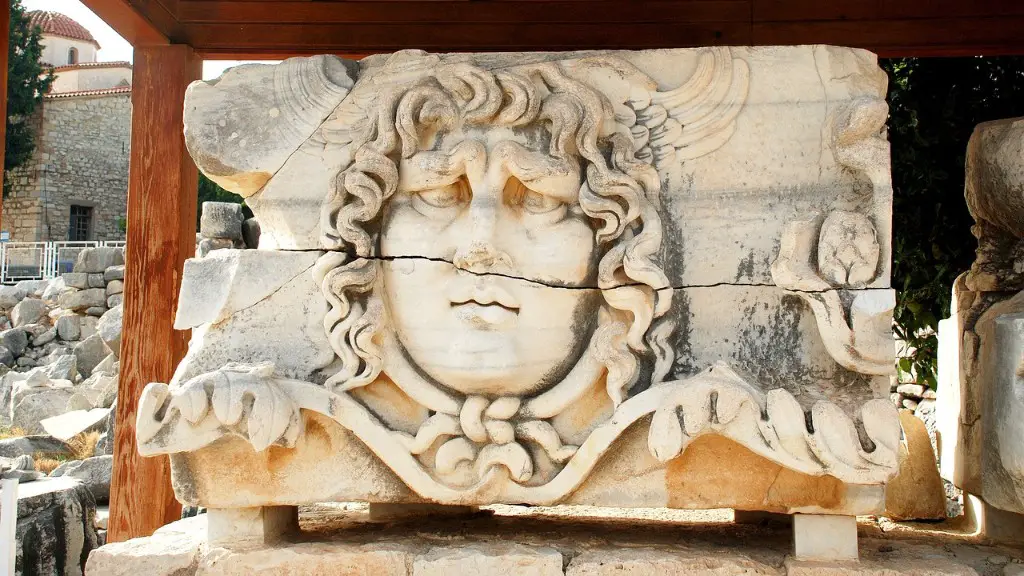Between the 3rd and 5th centuries AD, the Roman Empire underwent an economic, social, and political crisis which led to its eventual collapse. This is often referred to as the Crisis of the Third Century. Many factors contributed to the Empire’s decline, including internal strife, invasions from barbarian tribes, and economic problems. The Roman Empire was not able to effectively respond to these challenges, and as a result, it fell.
The ancient Roman civilization fell for many reasons. These include economic, political, military, and social reasons. One of the main economic reasons for the fall was the decline in agriculture. This led to a decline in trade, which in turn led to a decline in revenue. This put a strain on the government, which was already struggling to fund its military campaigns. Political instability also played a role in the fall of Rome. In the 3rd century, there was a power struggle between the Senate and the Emperor. This led to a series of military coups, which further weakened the empire. The military also became weaker over time. This was due to a number of factors, including the decline in agriculture and trade, as well as the growing numbers of barbarian groups who were able to take advantage of Rome’s weakened state. Social unrest also played a role in the fall of Rome. This was due to factors such as the increased gap between the rich and the poor, and the growing number of slaves. All of these factors led to a decline in morale, and a lack of trust in the government.
What are the 3 main reasons Rome fell?
The Roman Empire was one of the most powerful empires in the world for centuries. However, there are a number of reasons that historians believe led to its eventual downfall. Political instability, economic and social problems, and a weakening of the frontier all contributed to the decline of the Roman Empire.
Political instability was a major factor in the fall of Rome. There were a number of factors that contributed to this, including the assassination of key political figures, civil wars, and invasions.
Economic and social problems also played a role in the decline of Rome. Poverty and unemployment were rampant, and many people were unable to afford basic necessities. This led to a number of social problems, such as crime and unrest.
Finally, a weakening of the frontier or border also contributed to the fall of Rome. This is because the Roman Empire was no longer able to protect its borders from invaders. This allowed for barbarian tribes to invade and eventually overthrow the empire.
1. Invasions by Barbarian tribes: The Roman Empire was frequently invaded by Barbarian tribes, which led to its eventual downfall.
2. Economic troubles and overreliance on slave labor: The Roman Empire was plagued by economic troubles, and its reliance on slave labor ultimately proved to be its undoing.
3. The rise of the Eastern Empire in the late third century: The late third century saw the rise of the Eastern Empire, which ultimately eclipsed the Western Roman Empire.
4. Overexpansion and military overspending: The Roman Empire overexpanded its territory and military, leading to its eventual demise.
5. Government corruption and political instability: The Roman Empire was plagued by government corruption and political instability, which ultimately led to its downfall.
6. The arrival of the Huns and the migration of the Barbarian tribes: The arrival of the Huns in the fourth century and the migration of the Barbarian tribes in the fifth century proved to be the final nails in the coffin for the Roman Empire.
7. Christianity: Christianity played a role in the fall of the Roman Empire, as it led to a decline in traditional Roman values.
8. The fall of the Western Roman Empire: The
Why did Rome really fall
The most prominent explanation for the decline of Rome is that of the barbarians. A large number of barbarian groups repeatedly attacked both eastern and western empires, including the Visigoths, Ostrogoths, Vandals, Huns, Franks, and Alans. While there is some validity to this explanation, it is important to consider other factors as well, such as internal strife, economic problems, and the increasing influence of Christianity.
One of the many factors that contributed to the fall of the Roman Empire was the rise of a new religion, Christianity. The Christian religion, which was monotheistic, ran counter to the traditional Roman religion, which was polytheistic (many gods). Christianity also challenged the Roman view of the world and of the human person. For the Romans, the world was an orderly place ruled by powerful gods. For the Christians, the world was created by a good and powerful God, but it had been corrupted by sin. This difference in worldviews led to conflict between the Romans and the Christians, which contributed to the decline of the Roman Empire.
Who defeated the Roman Empire?
The fall of Rome was a major blow to the West. The city of Rome was sacked by the Visigoths in 410, and the last Roman emperor of the West, Romulus Augustulus, was deposed by the German chieftain Odoacer in 476. This left the West severely shaken and vulnerable.
The fall of the Western Roman Empire was a slow and gradual process that spanned over a period of centuries. There are a number of contributing factors that led to the Empire’s decline, including economic problems, military problems, political problems, and social problems. The Empire’s vast size also made it difficult to govern effectively.
In 476 AD, the last Roman emperor was overthrown by a Germanic barbarian king. This event is often seen as the formal end of the Western Roman Empire, although Roman power continued to be felt in some parts of the former Empire for centuries afterwards.
The fall of the Western Roman Empire was a major blow to the world of classical civilization. The Empire had been a stabilizing force in the region for centuries, and its collapse ushered in a period of instability and chaos. The fall of Rome also had a profound impact on the development of the Catholic Church, as the Church became the dominant power in the West in the wake of the Empire’s demise.
Who has the biggest empire in history?
1) The British Empire was the largest empire the world has ever seen. The British Empire covered 1301 million square miles of land – more than 22% of the earth’s landmass. The empire had 458 million people in 1938 – more than 20% of the world’s population.
Corruption and bribery were rife in the Roman government, with officials using their power to gain access to this money. Rich people bought votes and gave favors to friends, while bribery and corruption led to the commoners distrusting the Senate. This led to many people being brought back as slaves from Rome’s conquests.
Who invaded Rome leading to its collapse
The fall of Rome is a great lesson in cause and effect. The Huns invading from the east caused the domino effect, they invaded (pushed into) the Goths, who then invaded (pushed into) the Roman Empire. The fall of the Western Roman Empire is a great lesson in cause and effect.
The Roman empire was, for all intents and purposes, a massive, all-encompassing entity that controlled a large majority of the world at its peak. However, its fall from grace was just as dramatic as its rise, with many historians and experts deeming it one of the biggest disasters in history.
I, however, would argue that Rome’s collapse was actually the best thing that ever happened. Why? Because it led to the disintegration of the empire and the freeing of Europe from rule by a single power.
This event eventually led to the rise of different nations and cultures across the continent, and while there have been conflicts since then, overall it has been a positive development. So while the Roman empire’s collapse was certainly a disastrous event at the time, it ultimately led to good things in the long run.
How long did Rome last before falling?
The Roman Empire was an example of a great civilisation that was able to thrive and lasting for over a 1000 years. The Roman Empire was influential in many ways, such as their political system, military prowess, and architectural feats. The Roman Empire was also responsible for many technological and cultural innovations that were later adopted by other civilisations. Even though the Roman Empire eventually fell, its legacy has lasted throughout the centuries.
It is often claimed that Christians were persecuted for their refusal to worship the emperor, but it is more likely that the general dislike for Christians arose from their refusal to worship the gods or take part in sacrifice. Worshiping the emperor was notrequired of those living in the Roman Empire, but it was expected that they would worship the gods and take part in sacrifice. Christians, by refusing to do these things, were seen as outsiders and were often persecuted as a result.
Who was the first black Roman emperor
Septimius Severus was the first African-born Roman emperor. This marble statue of the ruler from Alexandria in Egypt would once have been vividly painted, and shows him in military dress. He grew up in Leptis Magna, on the coast of modern-day Libya, and moved to Rome when he was around 18.
The conversion of Constantine was a major turning point in the history of Christianity. Constantine’s vision of the future of Christianity convinced him that the religion was true and worth support. This event led to the construction of Christianity and the rise of the Byzantine Empire.
How tall were the Romans?
It’s amazing to think about how different life was for people in Ancient Rome compared to today. The average lifespan was much shorter and the average height was also shorter. It’s fascinating to imagine what life must have been like for those people.
The Vikings and the Romans were two of the most powerful empires of their time, but they never fought each other directly. The closest they ever came to conflict was during the 9th century, when the Vikings made a few raids on Rome’s territories in England and Gaul. However, by the time the Vikings reached their height of power in the 11th century, the Romans were in decline and no longer posed a threat to them.
Warp Up
The Roman Empire fell for many reasons, including military setbacks, economic problems, and political intrigue. Additionally, the large size of the empire made it difficult to govern, and the Emperor Diocletian divided it in two in an attempt to make it more manageable. This only led to further decline, as the Western Roman Empire fell to the Goths in 476 AD while the Eastern Roman Empire continued to prosper. Ultimately, the Roman Empire fell due to a combination of factors that proved too much for the once-great empire to overcome.
The ancient Roman Empire fell for many reasons, including economic, military, political, and social reasons. The decline and fall of the Roman Empire was a slow process that span over centuries. There was no one event that caused the fall of Rome. Instead, it was a combination of many factors that lead to the downfall of the once great empire.
